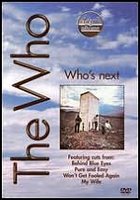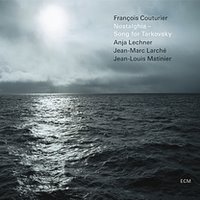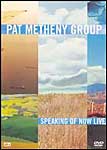
It’s Halloween. Who’s the biggest monster? Jason? Freddy? Leatherface? How about Fidel Castro? You can see his handiwork in East of Havana, a new documentary co-produced by Charlize Theron, believe it or not. It is scheduled to open in January (a full review will be posted then), but I was able to attend a screening last night. As currently edited, it is a film worth seeing, not likely to endear Theron to Castro’s Amen corner in Hollywood.
East of Havana follows three young Cuban Hip-Hop artists who have formed their own musicians union, El Cartel, outside of the state music system. They are looking forward to Cuba’s international Hip-Hop festival, a rare opportunity for their music to come out from underground. It seems Hip-Hop in Cuba is in an analogous position to that of jazz in Eastern Europe during the Cold War. While usually suffering from malignant neglect to outright hostility, the music’s “proletarian” roots allows for occasional sanction for state sponsored international events (which of course, serve a propaganda purpose).
While the press materials carefully try to position the film between “the twin carcasses of Castroite Communism and the Bush-backed exiles,” in the words of in the words of The Independent (UK), it is hard to argue with the most ardent critic of Castro after seeing the living conditions documented in the film. Nobody has anything to say about all that great free healthcare Castro provides, but one of the young rapper’s mother tellingly jokes about cooking entire meals from three garlic cloves. Ah yes, the fruits of revolution.
Watching East clearly illustrates the legacy of Castro. He has turned the island into a slum. In his urban blight, Hip-Hop, the contemporary music of urban angst naturally thrives. Cuban youths are seen wearing Tupac t-shirts in much the same way their western counterparts wear the image of Che. However, the Tupac enthusiasm is more understandable and appropriate to the circumstances faced by El Cartel.
Several times in the film, the artists specifically compare Hip-Hop to freedom. One, Soandry, bemoans the fact that one has to leave the country to think freely, as his older brother did. Give the young artists their due. Although produced under difficult conditions, their music is actually quite good. It certainly has a vitality many find lacking in the current American Hip-Hop scene. There are in fact, several tracks from the soundtrack that would make great club mixes.
East of Havana is not a perfect film. Even at 82 minutes, there are pacing problems. Seeing Janet Reno acknowledged for “special thanks” in the credits is bound to raise some eye-brows for some audiences, as well. However, the images of Cuban reality captured by the filmmakers are indisputable. Castro’s victory was humanity’s loss. Soandry and his Hip-Hop compatriots offer hope for a young generation of free-thinking Cubans questioning Castro’s police state.
(Trailer here, thanks Marc. Hip Hop Republican has the history of Cuban Hip-Hop here.)
(And Happy Halloween to Babalu Blog, Gateway Pundit, and Alarming News readers.)


















